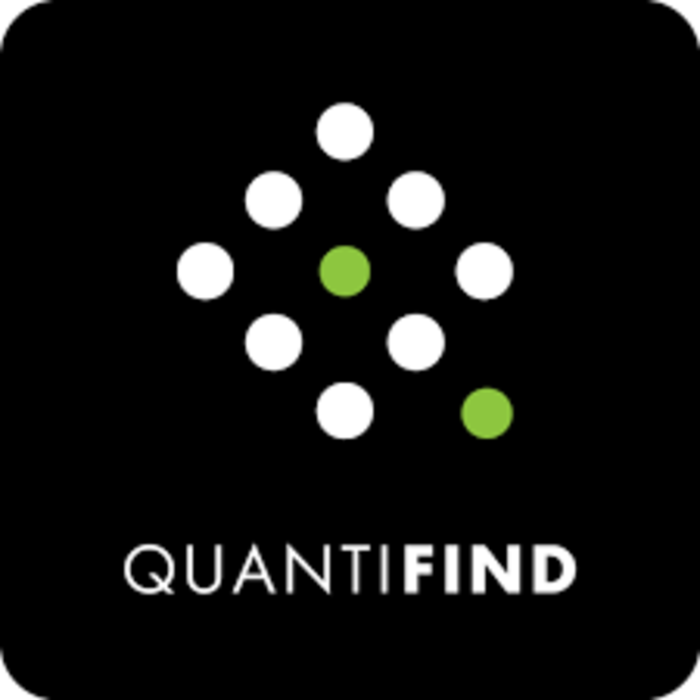“If you know you have the right data and the right question, you’re done. If you’re not sure, you might try Quantifind.” That’s the pitch Josh Reynolds made to me. He’s Head of Marketing at Quantifind, so of course he would. But the digger you deep, the more intriguing Quantifind’s proffer is.
Essentially, Reynolds told me, the West coast SaaS-based insights platform is addressing a problem which businesses are already tackling from a variety of perspectives. Namely, understanding factors which have an impact on revenue, and–the important part, Reynolds observed–how to change them.
He outlined three traditional approaches. Many businesses are focused on social media listening to discover what customers are saying. Some are deploying predictive analytics to understand what customers are likely to do. Finally, of course, there are traditional business intelligence tools, creating data about operations and transactions.
There’s a common problem, according to Reynolds. Social buzz doesn’t correlate well with revenues, he said. As far as predictive analytics: “There are well-tested technologies which will tell you what will happen, but not what to do about it. We have elements of predictive analytics, but we don’t stop there.” With traditional BI, “there’s no chance to discover new and surprising opportunities.”
Quantifind’s Signum solution deals in “explanatory analytics.” What this means is fairly straightforward. First, said Reynolds, we identify the business result the client needs. Everyone wants growth, he said, but the KPI most closely associated with growth varies: it might be units shipped, subscriptions, customer churn, etc). Having agreed on the determinative KPI, the question becomes: “What’s driving the movement in that data line?”
Signum absorbs as much unstructured data as possible, with the aim of explaining fluctuations in the structured data surrounding the KPI. The data can include social media postings, blogs, forms, and even images. “The first thing you need to do,” said Reynolds, “is clean it.” You strip out all the bots to get to real people–“The consumer voice, if you will”–and then you strip away all the stuff which is not really brand related–“Easier with Doritos than with Guess.” The sub-set of clean, relevant data is then tracked against movements on the KPI data line. This is most commonly done chronologically, Reynolds agreed, but he pointed out that it’s also possible to track, for example, across geography, demographics or interest groups. “You just need enough history and variation to weed out what doesn’t correlate.”
The output manifests as nodes of information clustered around KPI movements. What Quantifind does with those nodes of information is truly shocking to anyone who writes about marketing automation almost every day. They show it to people.
“Human curiosity and intuition is a powerful algorithm,” said Reynolds. “You have to take advantage of it.” Signum will isolate the strongest correlations between topics, people, themes, interest groups, and so on, and KPI movement. “Explore for yourself,” Reynolds said, “which correlations matter.” What about analysing sentiment within the data? “You can figure out what the sentiment is,” Reynolds agreed, “but that’s not the problem. How you feel and what you do about are different.”
Quantifind’s co-founders, both atomic physicists, had developed their approach undertaking contract work for the CIA. As Reynolds pointed out, the difference between feeling a hostile sentiment and being practically prepared to attack someone is significant.
Okay, how about semantic analysis? Surely that would provide a short-cut to understanding the output. Not with “the effort to teach, maintain and service the computer,” Reynolds said. “Our point is not to make computers smarter, but to focus human attention where it matters most?” But isn’t there just too much data for human eyeballs? That’s where Signum’s visualization tool comes in, serving up the most common groupings of impactful data.
Reynolds gave me an example of Signum at work. A quick-serve restaurant wanted to grow its breakfast sales. Its theory was to attract more teen customers, and preliminary results suggested that teens liked the food and liked the supporting ad campaign. Yet breakfast revenues remained stagnant. A traditional (and well-known) BI solution advised that if there were no problems with the food and varying the campaign content had failed, the chain should just give up on breakfast.
Applying its data tracking, Quantifind found a surprising surge moving the KPI: moms discussing the coffee–very negatively. Teens, of course, relied on moms for a ride to the restaurant. By improving the coffee service, the chain saw breakfast revenues triple. Coffee sales doubled too.
This week, Quantifind announced a $30 million funding round led by Cathay Innovation and Redpoint Ventures. “The investment is particularly meaningful,” Reynolds told me, “at a time when the investment market is so cautious.” After acquiring an almost wholly new executive team over the past year, “this is a validation that our approach is differentiated and necessity. It will help us execute our vision.”







